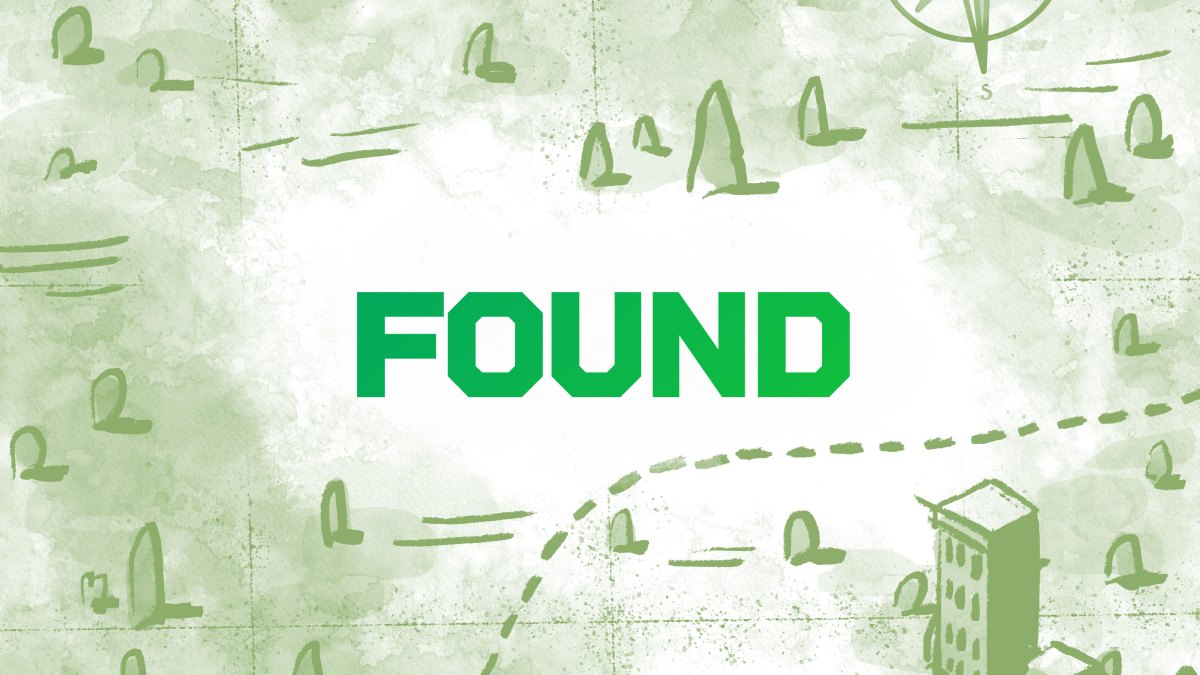Aktiia trained AI on 11 billion data points of blood pressure, and now a clinically certified app is coming | TechCrunch
As well as being a major cause of premature death worldwide, hypertension, also known as high blood pressure, is a major risk factor for stroke, coronary artery disease, heart failure, and a contributing factor to dementia. It also affects an estimated 1.3 billion people, while up to 95% of cases are due to lifestyle factors (although genetics is also a factor). Only around 20% of individuals with high blood pressure have it under control, and there’s a simple reason why. The devices to measure hypertension, those inflatable “cuffs,” are expensive, bulky, and unwieldy.
Now a Swiss startups says it has come up with a ground-breaking technology that could make it far easier for hypertension sufferers to monitor their condition.
Aktiia, (based out of Neuchatel, Switzerland, but with a U.S. operation) already specialized in blood pressure technology with a hardware sensor that sits at your wrist. However, it’s now achieved a coveted CE-mark for its technology. The Conformité Européene (CE) mark indicates that a product has been deemed to meet EU safety, health and environmental protection requirements. The new product does away with hardware, and it requires no calibration.
Aktiia claims its app can give users accurate blood pressure and heart rate measurements from the camera of a smartphone.
Users place their fingertip on the camera, and in 90 seconds the software will capture the physiological data from the fingertip required to provide accurate blood pressure measurements. The solution is likely to come to market in 2025 in app form.
The product is the result of the company applying generative AI to 11 billion data points of annotated data drawn from its platform.
Although the startup is playing its cards close to its chest on how it does this, it says the breakthrough leverages “proprietary foundation models,” according to CEO Rags Gupta.
“We shine a light into your finger, we capture signals and deliver back a medically valid blood pressure and heart rate reading,” he said. “We got the CE mark for this 10 days ago, and this is a massive deal. It’s really exciting because what it means is the era of the hardware, of cuffs for measuring blood pressure, is now an AI and software problem and so now anybody, in with the palm of their hand, can get a spot check blood pressure reading.”
He said the technology could be transformational. “That’s a big deal, because the earlier you can screen people, the earlier you can start getting them into treatments, interventions, and that saves massive, massive costs downstream to the systems and to people’s lives.”
He said the measurement doesn’t require any other device or calibration step.
Dr. Josep Solà, co-founder and CTO of Aktiia, who worked on the technology, added that the CE mark comes under the EU’s new Medical Device Regulation (MDR): “It’s a new regulation for medical devices in Europe. You need to run clinical trials and you need to prove performances.”
But what moved the needle for Aktiia was being able to train its model on its own data set. “There was no data set previously,” Sola said. “But when we released our first product, that allowed us to start compiling a lot of data. Now we have a massive data set within the company’s 11 billion data points of annotated data that we could use to train this new AI. It went to a level of accuracy that we could pass all the regulation for CE marking.”
So far, Aktiia has raised $59.7 million over five funding rounds. Its last round was a $30 million Series A earlier this year that involved Molten Ventures, Khosla Ventures, and Verve Ventures, among others.
The new CE mark for Aktiia’s technology follows the March 2024 release of the first version of its CALFREE technology, allowing blood pressure measurement at the wrist.
Launched in in Switzerland in May 2018, Aktiia founders Dr. Mattia Bertschi and Solà previously spent 15 years at the prestigious Swiss research institute CSEM, researching blood pressure.




